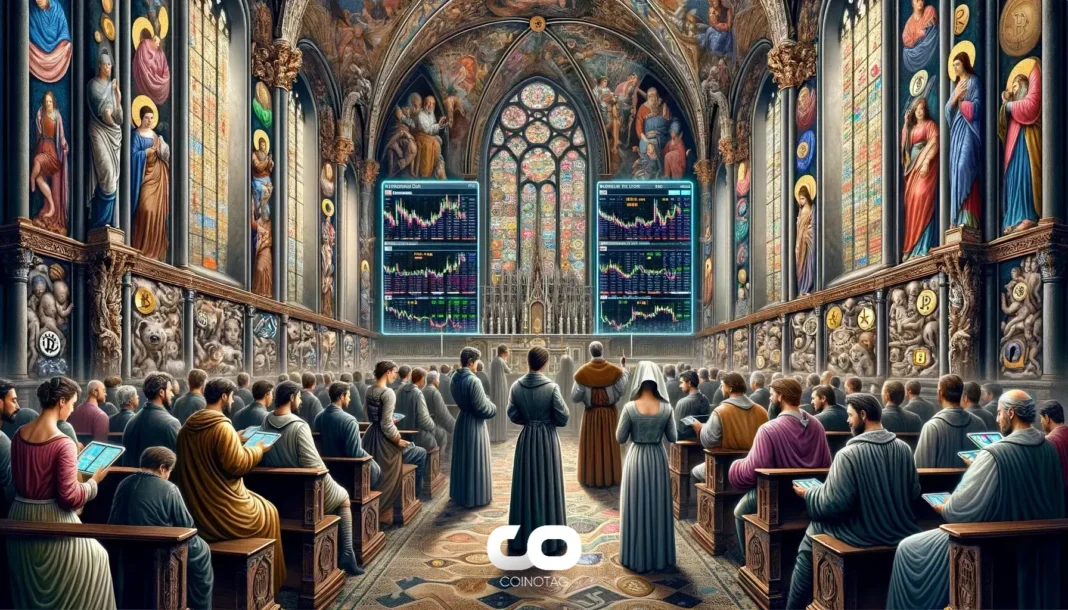- The Ethereum network is facing its lowest ETH burning levels this year.
- The base gas fee recently hit a multi-year low of nearly 0.8 Gwei.
- Martin Köppelmann has suggested raising the gas limit to combat increasing inflation.
Learn about the current state of Ethereum’s gas fees and the proposed measures to address rising inflation.
Record Low in Ethereum Gas Fees
The Ethereum network is witnessing a historic decline in its gas fees. Recent data indicates that the base fee recently dipped to approximately 0.8 Gwei, the lowest in multiple years. This sudden drop has had a significant impact, notably reducing ETH issuance. On August 10th, only 210 ETH were burned, marking the lowest daily burn rate for 2024, compared to a substantial 5,000 ETH burned just five days earlier when gas fees surged to 100 Gwei. The result of these reduced fees has been a noticeable increase in the network’s inflation rate, with net ETH emissions exceeding 2,000 ETH.
Addressing Inflation with Gas Limit Increases
In light of the rising inflation rates, Gnosis founder Martin Köppelmann has put forward a suggestion to temporarily increase the gas limit. This proposal aims to boost Layer 1 activity amidst the current trend of low fees. Köppelmann’s recent tweet emphasized the necessity for Ethereum to revive Layer 1 activities, even if increasing the gas limit seems paradoxical at such low fee levels. He pointed out that a base fee of 23.9 Gwei would be essential to counterbalance staking rewards.
Impact of the London Hard Fork and Layer 2 Solutions
The gas fees for Ethereum transactions briefly fell below 1 Gwei during the weekend, hitting 0.979 Gwei. This reduction is closely tied to the London hard fork, implemented in August 2021, which introduced the EIP-1559 mechanism to burn base fees and consequently reduce ETH supply. Additionally, the migration to Layer 2 scaling solutions and the implementation of blob transactions from the Dencun upgrade in March have played pivotal roles in lowering transaction costs on Layer 2 networks, further contributing to the decreased gas fees on the Ethereum mainnet.
Conclusion
The dramatic reduction in Ethereum’s gas fees has introduced both challenges and opportunities for the network. While the decreased transaction costs are advantageous for users, the resulting inflation has prompted industry leaders to seek innovative solutions, such as increasing the gas limit. As the Ethereum network navigates these changes, the ongoing adjustments will be crucial in maintaining a balanced and sustainable ecosystem. Stakeholders and users alike will need to stay informed to understand the broader implications of these developments.





